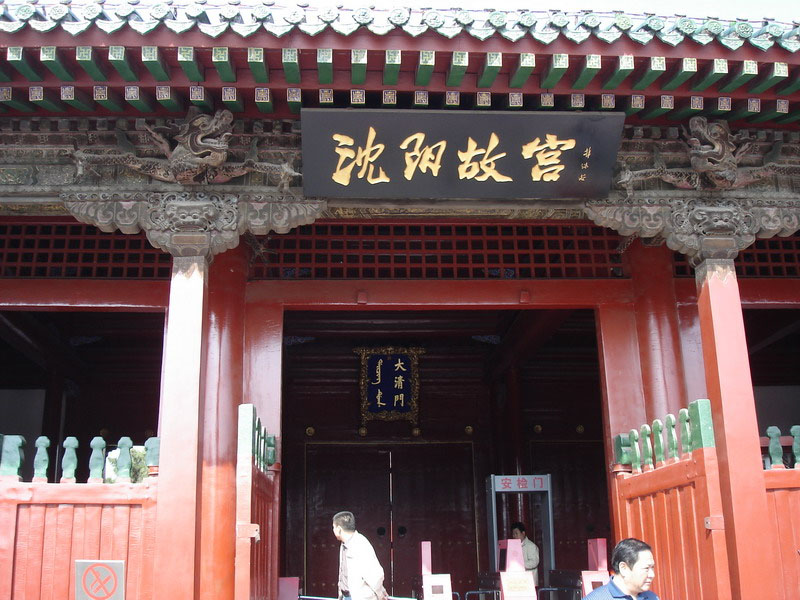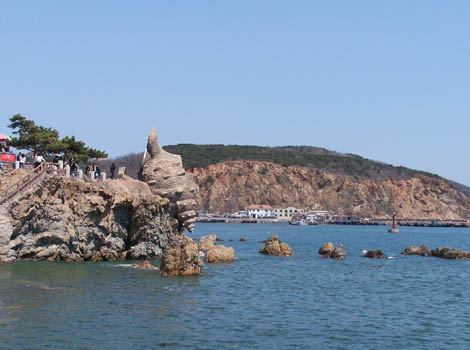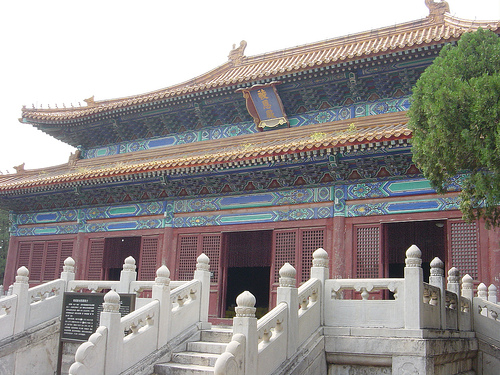Liaoning Tourism
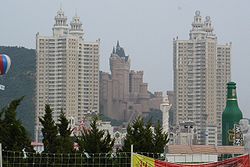
-
Province:Liaoning (Chinese: 辽宁, Pinyin:Liáoníng)
-
Population :43,060,000
-
Area :145,900 km2 (56,300 sq mi)
-
Overview:Liaoning's culture is part of a culture of Northeast China that is quite homogeneous across all of the northeastern China.
Overview
Liaoning is located in the southern part of China's Northeast. It is called "the Golden Triangle" because of its superior geographical location, borders the Yellow Sea (Korea Bay) and the Bohai Sea in the south, North Korea in the southeast, Jilin Province to the northeast, Hebei Province to the west, and Inner Mongolia to the northwest.
Know More
Liaoning province has a long-standing history and time-honored culture tracing back to antiquity. There have been a number of significant archaeological discoveries in the region including human fossils near Dashiqiao and stone tools near Chaoyang. Approximately 6,000 years ago Liaoning entered the New Stone Age and there have been a large quantity of utensils found in Xinle, Shenyang dating from that period. The ruins at Niuhe ridge reveal an early civilized society and places Liaoning as one of the origins of Chinese civilization.
In the 16th century BC, Liaoning was a neighboring State of the Shang Dynasty and was under the Yan State during the Spring and Autumn Period and the Warring States Period. Various dynasties have established their adminstrative institutions in Liaoning and Liaoning was the birthplace of China’s last dynasty, the Qing Dynasty(1644-1911 A.D.). The Imperial Palace and Three Imperial Burial Tombs in Shenyang are from the early Qing Dynasty and reflect the political and cultural, history of the period. The Republic of China followed the Qing Dynasty and in 1929 changed the name of Fengtian Province to Liaoning Province, Liaoning meaning the peaceful valley of the Liaohe River. Liaoning Province is also the site where the Japanese imperial invaders launched their war of aggression against China on September 18, 1931.
Liaoning has three approximate geographical regions: the highlands in the west, plains in the middle, and hills in the east.
The highlands in the west are dominated by the Nulu'erhu Mountains, which roughly follow the border between Liaoning and Inner Mongolia. The entire region is dominated by low hills.
The central part of Liaoning consists of the watersheds of rivers such as the Liao, Daliao, and their tributaries. This region is mostly flat and at low altitudes.
The eastern part of Liaoning is dominated by the Changbai Shan and Qianshan ranges, which extends into the sea to form the Liaodong Peninsula. The highest point in Liaoning, Mount Huabozi (1336 m), is found in this region.
Major cities: Shenyang, Dalian, Anshan, Liaoyang, Fushun, Dandong, Jinzhou, Yingkou.
With its location on the eastern coast of the Eurasian continent, Liaoning features a temperate continental climate with long winters, warm summers and short springs and autumns. The province enjoys 130-200 frost free days and an average of 400 to 1100 mm of rainfall per year (the lower figures for the western region connected to the Mongolian plateau and the more extensive rainfall for the eastern hilly region bordering the coast).
Must see
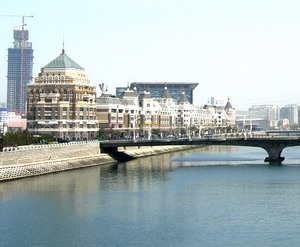
Dalian is the governing sub-provincial city in the eastern Liaoning Province of Northeast China, facing Shandong to the south and the Yellow Sea to the east and the Bohai Sea to the west and south. Dalian is southernmost city of Northeast China and China's northernmost (still warm water) seaport. Dalian is the second largest city of Liaoning Province...more
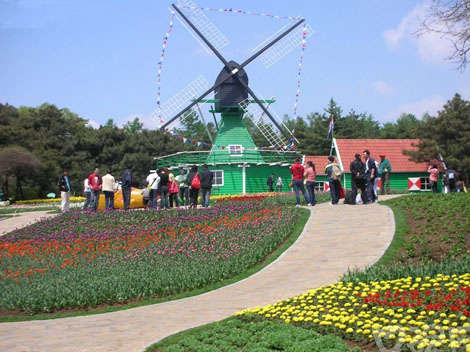
Shenyang is the economical , cultural , communication ,trade and commercial hub of the Northeastern region of China ;it is also a major industrial and cultural city with historical importance . Shenyang is located at the center of the Northeast Asian economic ring and Bohai economic ring, so it has important strategic status . With its advantageous geographical position, Shenyang has tremendous absorbing , radiating and driving force to the whole country and even Northeast Asia.....more

